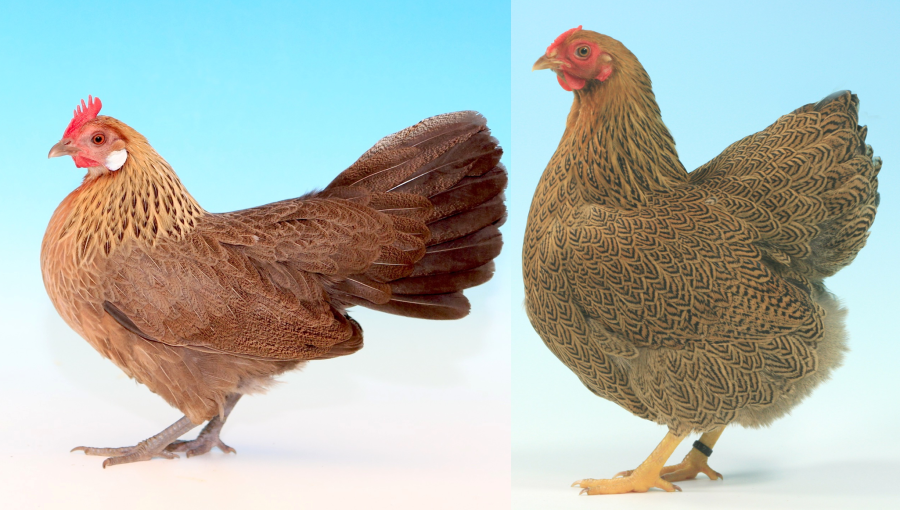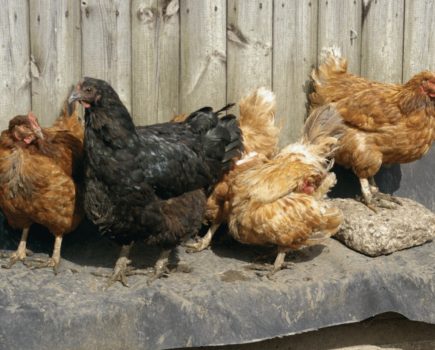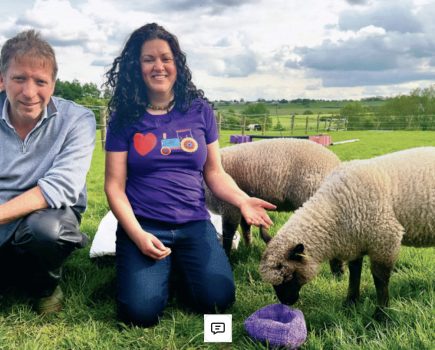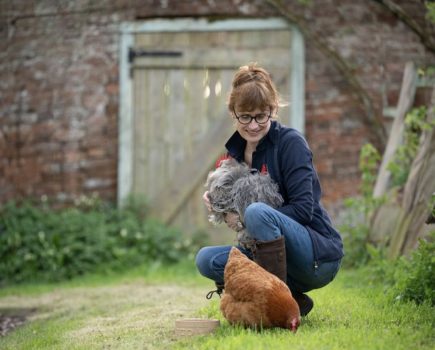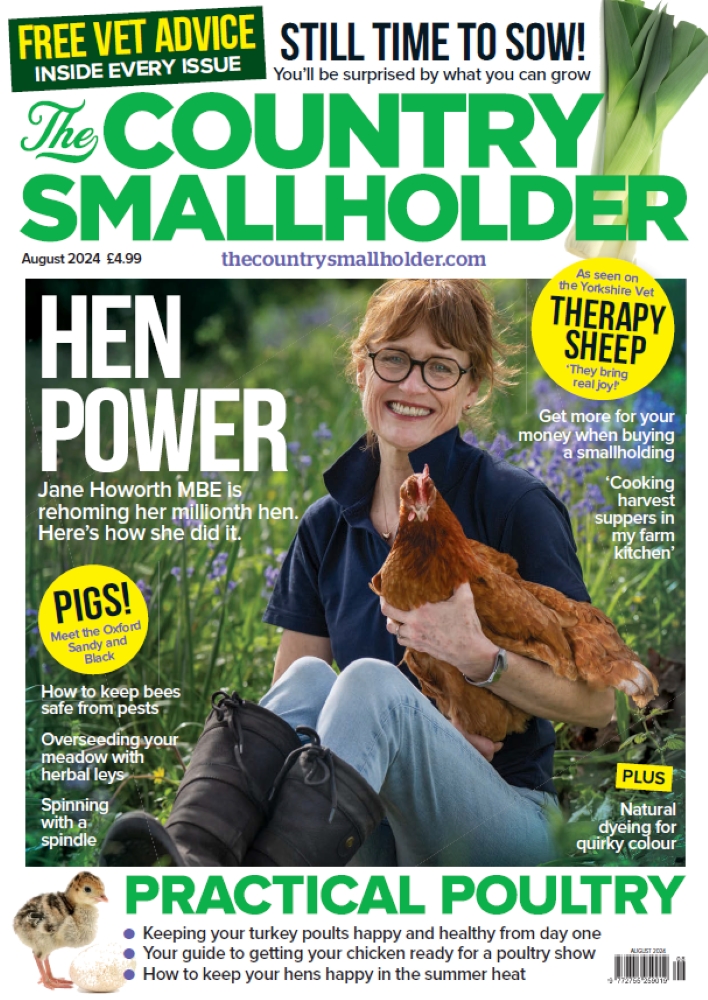Do you know your Silver-Pencilled Hamburg from your Silver-Pencilled Wyandotte? In this article extract, Grant Brereton takes a closer look at the colour and pattern names in poultry….
When you first get into pure breeds, and you have endless enthusiasm, for some reason you just accept the nomenclature that goes with them. After looking through books or visiting poultry shows, you might begin to question why certain varietal descriptions have different meanings and are breed-specific, but most people just accept them as traditional and ‘the norm’ when really, it’s madness what we expect newcomers to learn. So let’s get into it…
PARTRIDGE TO DESCRIBE PLUMAGE
This term is long-established, going back to the 1850s when the Cochin breed was just being developed. Arguably quite twee, nevertheless the name stuck, which is more than can be said for other such names; Grouse and Cinnamon that both died out. We can only really imagine what those varieties would have looked like. Personally, I love the word ‘partridge’ as it just has some unexplained magic factor for me. Perhaps I am nostalgic about the old cigarette card depictions of pure breeds – with Partridge Wyandottes being one that I adore, and it stirs up a sense of history? Whatever the reason, I wouldn’t like to see it changed now. So, what does Partridge look like in poultry? In the Wyandotte, females display a sandy background colour to each feather with overlaying horseshoe black lines. The effect is known as ‘pencilling’ and can be seen throughout the plumage. Males of the variety are typical of the ‘traditionally coloured’ cockerel – a very wild and natural mix of black and red tones.
There is a different option based on the same theme – the ‘Silver-Pencilled’ which is very similar except all the red and gold tones, in both male and female, are exchanged for white – caused by the presence of the Silver gene. However, exactly the same pattern in the Brahma breed is called ‘Dark.’ In breeds such as Pekins, Silver-Pencilled is called ‘Silver-Partridge’ and in recent times, our beloved Partridge Wyandottes are often referred to as Gold-Partridge by newcomers, which could more logically be called ‘Gold-Pencilled.’ To further confuse the issue, Gold and Silver Pencilled Hamburg females are a completely different pattern of gold-and-black or white-and-black striped feathers, respectively. The male counterparts are either gingerish or white with predominantly black tails and occasional, sporadic female-patterned feathers across the body. So going back to ‘Gold-Partridge,’ that name is already taken for the Dutch bantam, whose females are completely different toPartridge Wyandottes. Gold-Partridge Dutch females have a salmon breast, stippling (fuzzy brown feathers) across the back, wings, tail and thighs, with a lemon coloured neck that’s interspersed with black pigment. Males of the variety are very attractive, being traditionally coloured. The female versions are called ‘Silver-Partridge.’
IS THE TERM ‘GOLD’ TOO LOOSE?
This description is very loose and seems to be a ‘catch all’ for many patterned breeds. A Gold Brahma is really Partridge (or Gold-Pencilled). A Gold Sebright is really Gold-Laced, where the body colour is golden bay with glossy green-black lacing. A Gold Silkie is really a Black-tailed-Buff , and a Gold Campine is gold-and-black striped to name but a few examples.
Picture caption: A Gold-Partridge Dutch female (left) versus a Partridge Wyandotte (often incorrectly called Gold-Partridge)
This article extract was taken from Practical Poultry in the October 2023 edition of The Country Smallholder. To read the article in full you can buy the issue here.
To receive regular copies of The Country Smallholder magazine featuring more articles like this, subscribe here.
For FREE updates from the world of smallholding, sign up for The Country Smallholder newsletter here.

